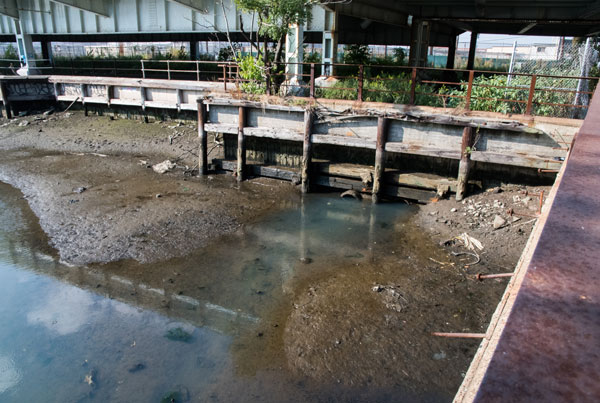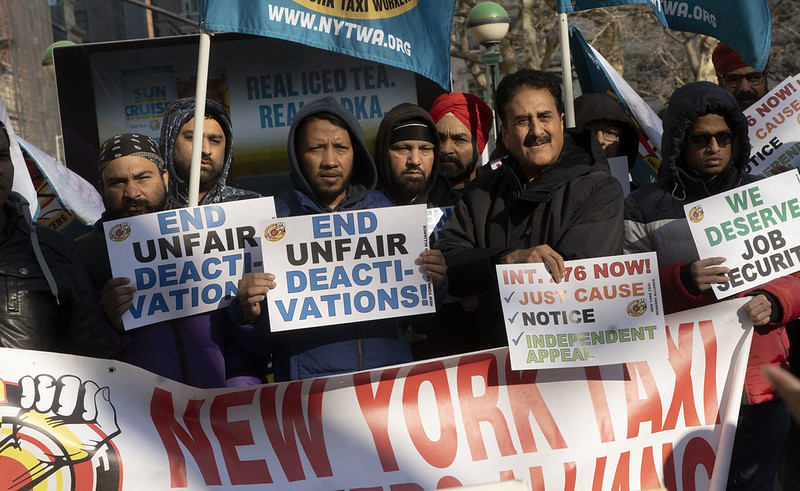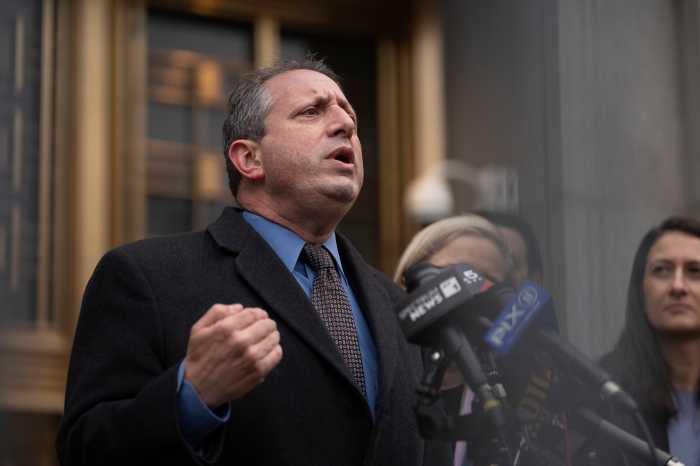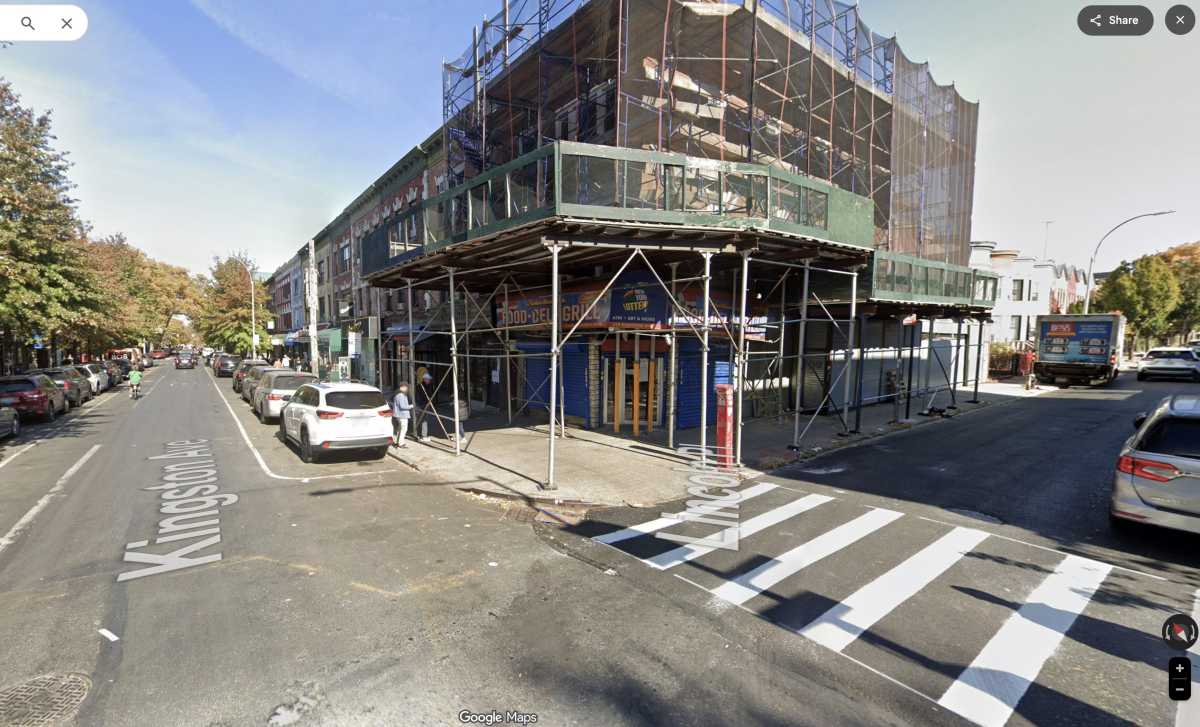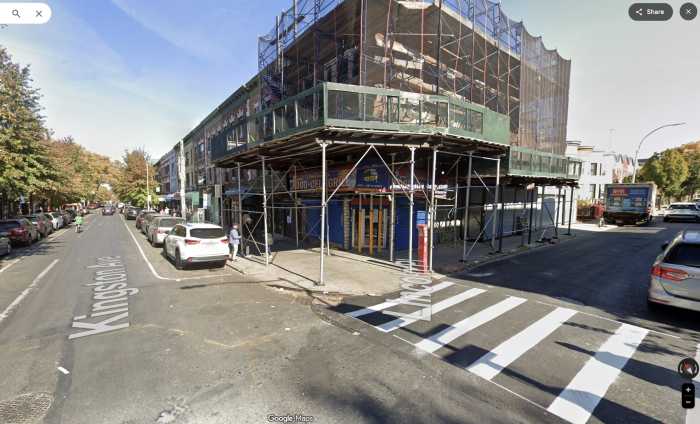It’s a super idea.
Rep. Hakeem Jeffries (D–Coney Island) will push to get Coney Island Creek designated as a federal Superfund site, he promised locals at an Oct. 24 Community Board 13 meeting. The congressman told attendees that he would push for federal funding to help clean up the beleaguered waterway after board secretary Jeff Sanoff asked Jeffries if he would fight for Superfund status for the creek.
“I’m committed to making sure we do everything possible to clean up Coney Island Creek,” Jeffries said. “If a Superfund site designation is the best vehicle for doing that, that’s something I’m committed to do.”
Superfund status allocates federal Environmental Protection Agency funding and resources to clean up contaminated sites and “forces the parties responsible for the contamination to either perform cleanups or reimburse the government for EPA-led cleanup work,” according to the federal agency, which has administered the program since its creation in 1980.
Jeffries added that he also wanted to pursue other options for cleaning up the Creek as well, but said he would prioritize securing Superfund status for the waterway.
“I want to explore what the other opportunities may be, but I will double and triple down on that effort,” he said.

The creek is filled with toxic chemicals — including arsenic, cyanide, and benzene — from the industrial facilities that once lined its shores and dumped waste there for more than fifty years, according to Coney Island historian Charles Denson, who added that illegal shipbreaking operations also used the creek as a dumping ground for boat debris in ’70s as the industrial facilities shuttered.
But despite the creek’s toxic history, the federal environmental agency did not include it on its list of sites “targeted for immediate, intense action” that an agency task force drew up last year.
A spokesman for the federal environmental agency, Elias Rodriguez, said that it the creek is under city and state supervision and referred all questions to the state Department of Environmental Conservation. But a spokeswoman from the state environmental agency put the onus back on the federal agency, which she said has the authority to prioritize waterways in the national context, adding that the state’s authority is only to address specific sites where hazardous wastes have been disposed.
One local environmentalist said the federal agency should prioritize considering the creek, since locals regularly wade into it and even eat from it — despite its history of pollution.
“That creek is still an important food source. People are eating the fish from there, people are going into the water to be baptized,” said Brighton Beach resident and activist Ida Sanoff, wife of the CB13 secretary. “There’s a history of over a hundred years of industrial pollution.”
The Superfund designation process includes assessing the site’s history and determining its level of national priority, conducting a feasibility study to determine the nature and extent of the contamination, and developing detailed clean-up plans, among other steps, according to the federal agency.
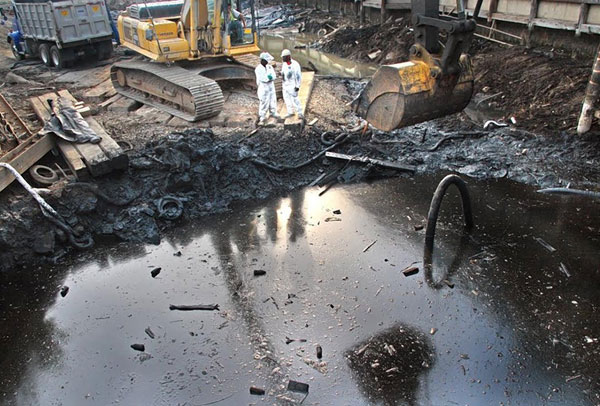
The agency designated the Gowanus Canal a Superfund site in 2010 — a year after placing the Canal on its priority list — and allocated $500 million to the waterway’s decade-long clean-up.
Coney environmentalists have spent the past few years fighting to clean the creek. Members of CB13 unanimously voted to seek state Superfund status for the creek in 2016— meaning state regulators would figure out who was responsible for the dirty waterway’s deplorable condition and bill them for the clean-up. That vote came two months after this paper reported that regulators discovered that sixteen buildings in Gravesend’s Beach Haven Apartments were dumping roughly 200,000 gallons of raw sewage per day into the creek, possibly for years.
But the state Department of Environmental Conservation rejected that request last year, according to district manager Eddie Mark. A spokeswoman for the state Department of Environmental Conservation said the agency “carefully considered” the board’s request but did not specifically say why the agency rejected it.
Local environmentalists also sounded the alarm last year after the state approved a permit for the city to pour up to 7.2 million gallons of filtered-but-contaminated groundwater into the creek every day for up to two years while the city upgrades sewer and water mains in the neighborhood’s west end.
The state has since announced recent less-than-Superfund initiatives to clean up the creek. The state Department of Environmental Conservation said earlier this year that the top brass at Beach Haven paid a $400,000 fine for dumping the fecal matter in the creek, most of which would go to cleaning up the waterway.
But Sanoff said the state-sponsored initiatives don’t do enough, and that the businesses and factories that polluted the Creek closed years ago, meaning that the “millions” needed to clean up the waterway should come from the federal government.

“In most of the cases of the businesses surrounding the Creek, they closed long ago, or there was fly-by-night illegal dumping,” she said. “That’s you need a Superfund — there’s really nobody there who could be held responsible.”


